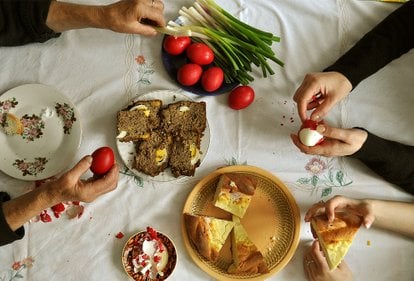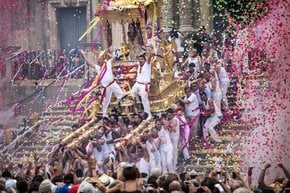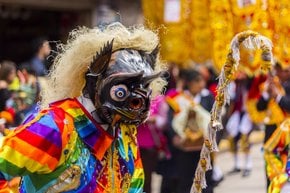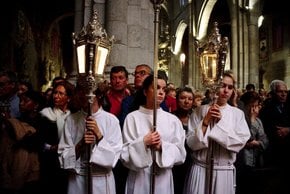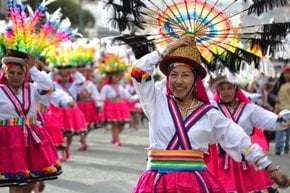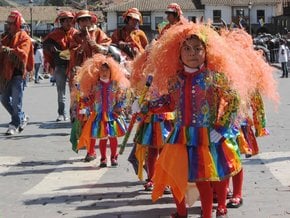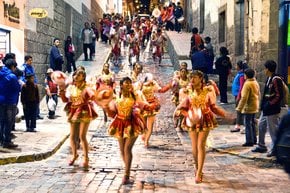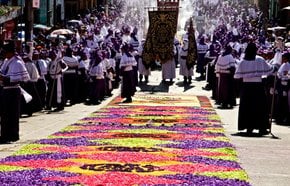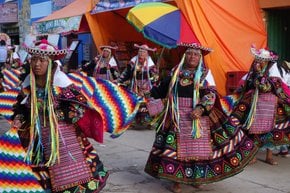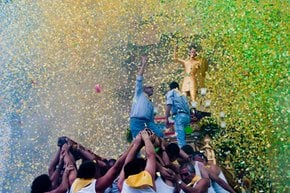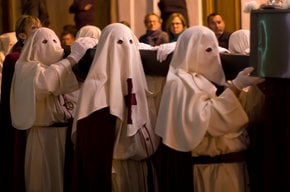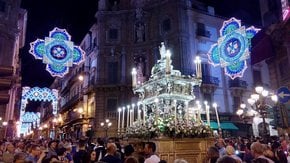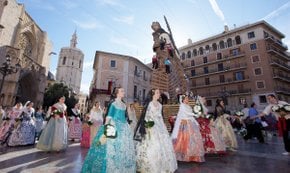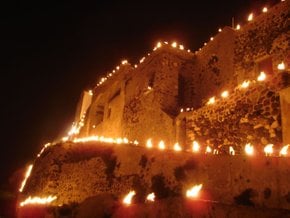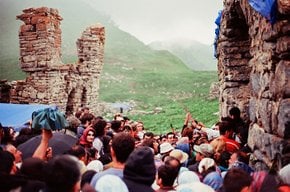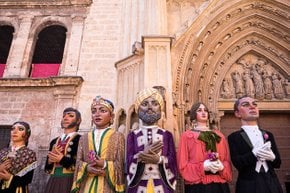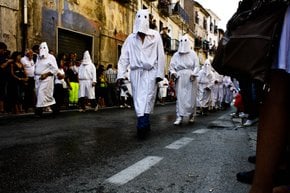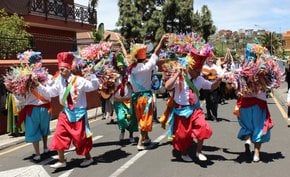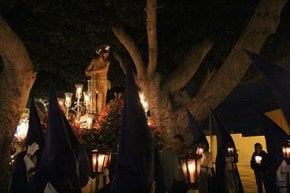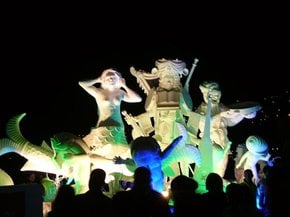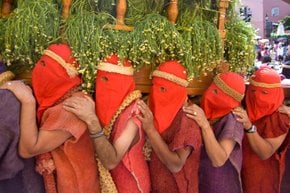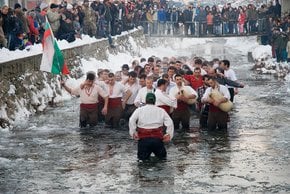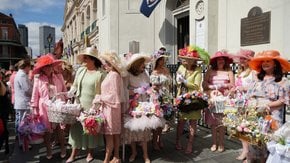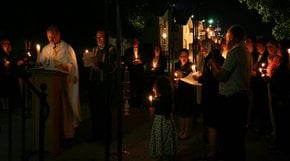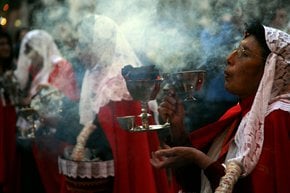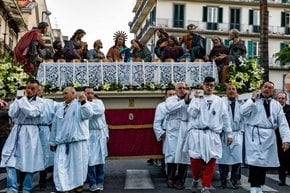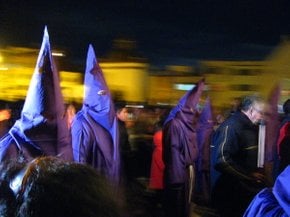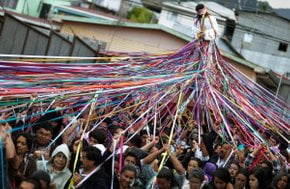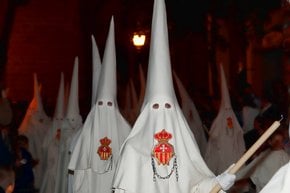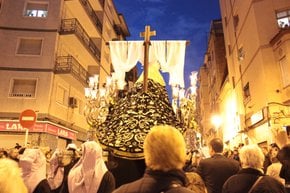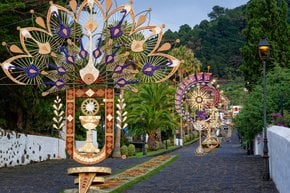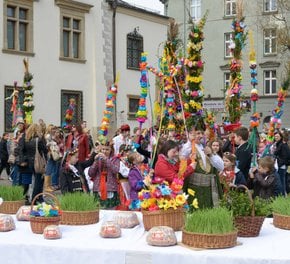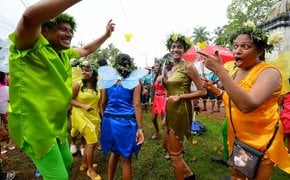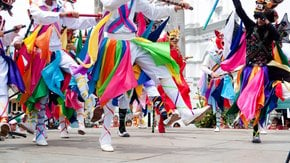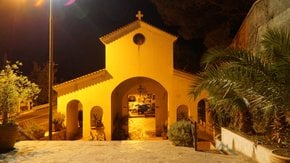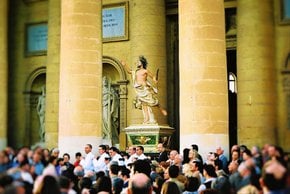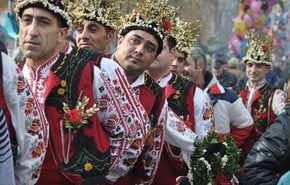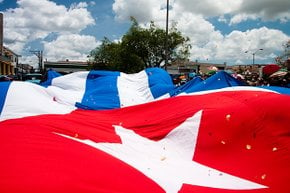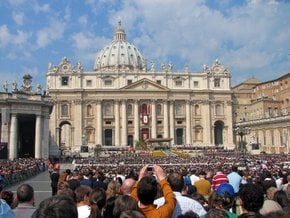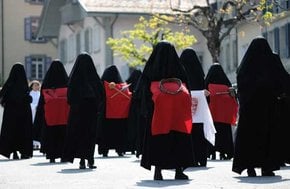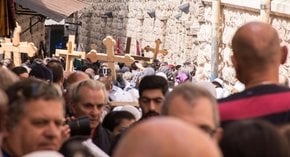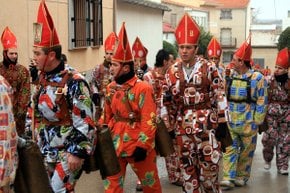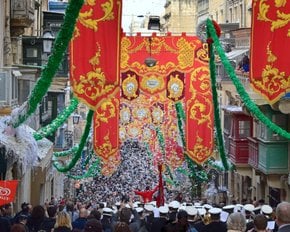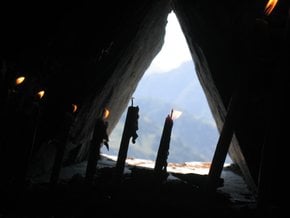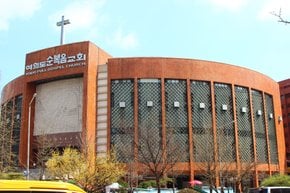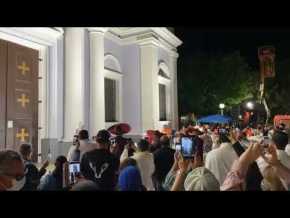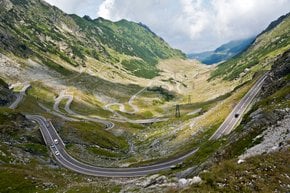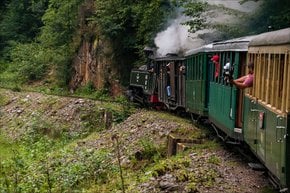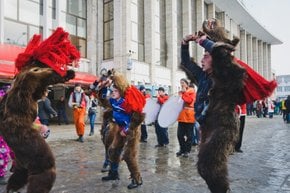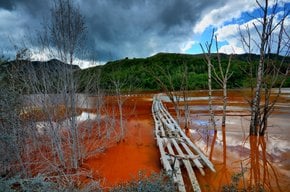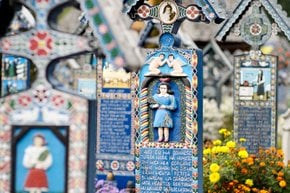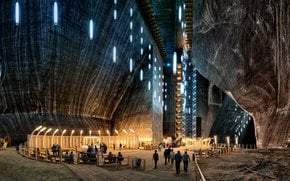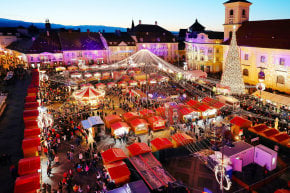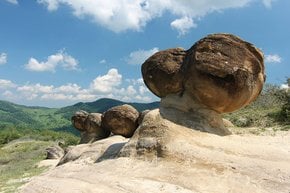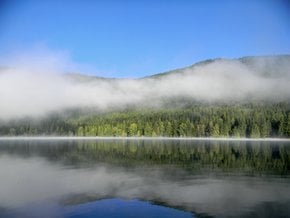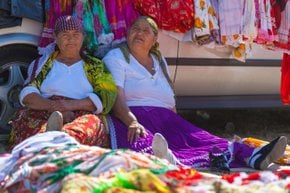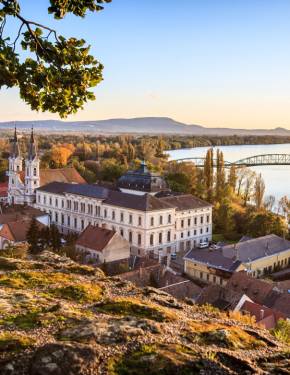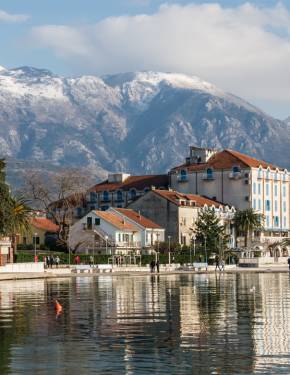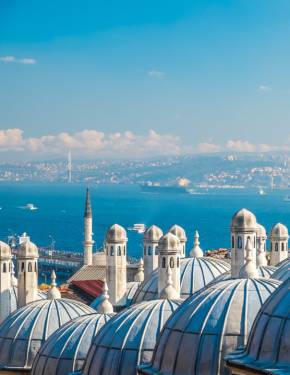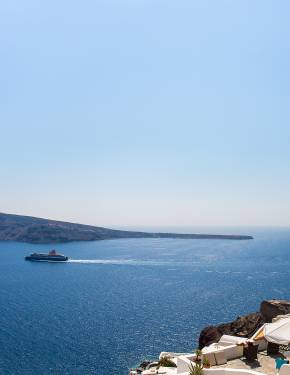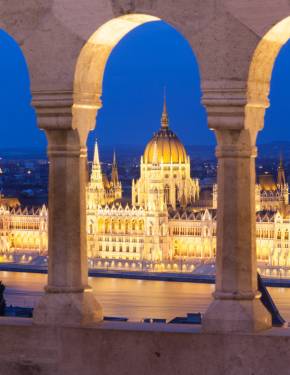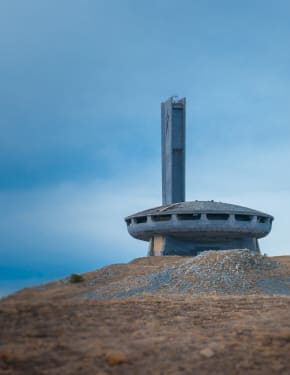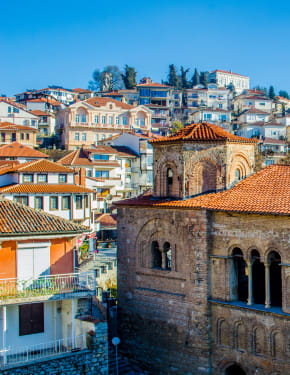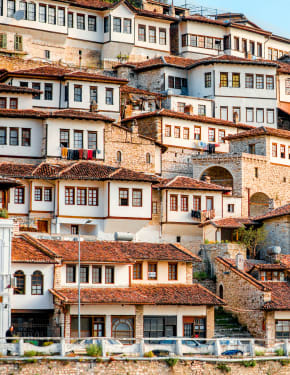Orthodox Easter Day 2024 in Romania
Special Romanian Easter rites include painted egg tapping, night vigils, and perfume attacks to bring girls good luck
Dates: May 5, 2024
In Romania, Orthodox Easter is a colorful and very meaningful to the locals religious event, which combines ancient customs and modern celebrations. Held in accordance with the Julian calendar, it usually takes place after Catholic Easter. Around 85% of the Romanian population identify themselves as Orthodox Christians, so you can imagine how great the celebrations get.
Traditions
In the weeks preceding Easter Sunday, the entire nation comes alive with a frenzy of activities, as families meticulously clean their houses and prepare traditional meals. On Holy Saturday, worshippers assemble in churches, decked out in fragrant flowers and candles in anticipation of the "Invierea" (or midnight Resurrection ceremony).
When the priest exclaims, "Hristos aînviat!" (Christ has risen!), people reply: "Adevărat a înviat!" (He has risen indeed!). This ritual commemorates the glorious occasion of Christ's resurrection. Easter Sunday is a joyous occasion, which follows the solemnity of Holy Week. Families enjoy celebratory feasts, church services, and partake in customary activities, like egg painting and egg cracking games, representing the victory of life over death.
Transylvania, Bukovina, and Maramures regions have the most colorful traditions. However, they are not the only ones celebrating Easter! So, let's get into the details of the best places to visit to experience authentic Orthodox Easter in Romania.
Easter in Bukovina
In Bukovina, people paint Easter eggs on Good Thursday. They often use red color and wax to make some geometrical and floral decorations. On Holy Sunday, the blessed eggs are eaten with other festive dishes, but only after tapping them against each other in the contest. If you are lucky enough to spend Easter in Bukovina, make sure to visit the Egg Museum in Vama.
Easter in Maramures
In the Maramures region, people bake a small wheat bread, called “grain flower.” It is shared with family members, who are supposed to meet in heaven in the long run. Another reason to visit the Maramures region is an authentic Udătoriu festival, celebrated in Şurdeşti on the second day of Easter. The festivities honor hard-working farmers, and the most diligent man, called Udătoriu, is singled out from the crowd for special credit.
Udătoriu Festival in Şurdeşti (May 6, 2024)
The old agrarian celebration starts at the local wooden church of the Holy Archangels and Gabriel. The Udătoriu farmer leads a sort of parade from the church to the river, where he is sprinkled with water, and then he himself sprinkles kids and youth with water too. Hence comes the festival's alternative name of a watering feast. Other merriments include traditional folk music, dancing, and games.
Easter in Bucharest
In Bucharest, locals go to church on Easter Saturday for an overnight mass. The Patriarchal Cathedral mass gathers 10,000 to 20,000 people. On Easter Sunday, people greet each other with the traditional "Hristos a inviat” and "Adevarat a inviat," which means "Christ is risen" and "He is risen indeed." Festive dishes include an Easter cake named "Pasca," the sweet bread "Cozonac," lamb soup and steak, and the so-called "haggis" made of lamb insides. Visitors can try traditional Easter foods and buy decorations at The Easter Fair in Regele Mihai I Park in northern Bucharest. Other Easter fairs are held at Bucharest's largest shopping centers like Plaza Romania or Promenada Mall.
Transylvanian Easter
In Transylvania, visit picturesque Sighisoara and Brasov to try delicious Easter foods and see an extraordinary custom of Easter Monday, when boys dress in traditional clothes and spray local girls with perfume for good luck.

